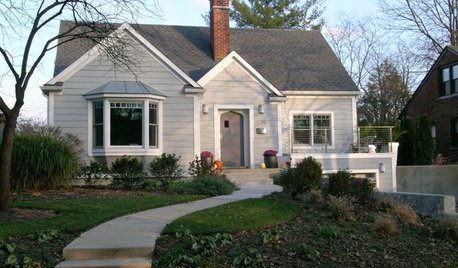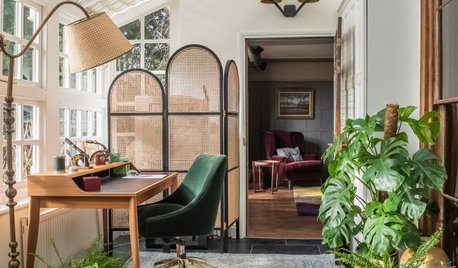Would a Redwood tree grow in Michigan?
cardarlin
13 years ago
Featured Answer
Sort by:Oldest
Comments (25)
Toronado3800 Zone 6 St Louis
13 years agoRelated Professionals
Baltimore Landscape Architects & Landscape Designers · Franconia Landscape Architects & Landscape Designers · Glen Ellyn Landscape Architects & Landscape Designers · Brooklyn Center Landscape Architects & Landscape Designers · New Cassel Landscape Contractors · Tavares Landscape Contractors · Winchester Siding & Exteriors · Broomfield Siding & Exteriors · Fairfax Siding & Exteriors · Western Springs Siding & Exteriors · Clermont Decks, Patios & Outdoor Enclosures · Freehold Decks, Patios & Outdoor Enclosures · Medford Decks, Patios & Outdoor Enclosures · New Berlin Decks, Patios & Outdoor Enclosures · Parlier Decks, Patios & Outdoor EnclosuresDan _Staley (5b Sunset 2B AHS 7)
13 years agocardarlin
13 years agopoaky1
13 years agocardarlin
13 years agonoki
13 years agoEmbothrium
13 years agotaxo_man
13 years agoToronado3800 Zone 6 St Louis
13 years agopineresin
13 years agogardener365
13 years agolpptz5b
13 years agofamartin
13 years agojason_mocniak
8 years agoN.W.Ohioz5
8 years agogardengal48 (PNW Z8/9)
8 years agopoaky1
8 years agoUser
8 years agoMario Q
8 years agoarbordave (SE MI)
8 years agoviper114
8 years agoFred Cain
5 years agopoaky1
5 years agoHU-33479660536030145
3 years ago
Related Stories

GARDENING GUIDESGrow Your Own Privacy: How to Screen With Plants and Trees
Use living walls to lower your home and garden's exposure while boosting natural beauty in your landscape
Full Story
EDIBLE GARDENSHow to Grow Your Own Sweet Summer Crops
This guide will help any gardener get started on growing the freshest warm-season veggies and berries for summer
Full Story
REMODELING GUIDESOne Big Happy Expansion for Michigan Grandparents
No more crowding around the Christmas tree. Friends and extended family now have all the elbow room they need, thanks to a smart addition
Full Story
EDIBLE GARDENSSummer Crops: How to Grow Tomatoes
Plant tomato seedlings in spring for one of the best tastes of summer, fresh from your backyard
Full Story
HOUSEPLANTS10 Top Plants to Grow Indoors
Brighten a room and clean the air with a houseplant that cascades artfully, stretches toward the ceiling or looks great on a wall
Full Story
HOUSEPLANTSSimple Pleasures: Grow a Cheery Indoor Garden
Let houseplants work their magic on your rooms and you. These ideas will get you growing
Full Story
SPRING GARDENINGSummer Crops: How to Grow Strawberries
Pluck your own sweet strawberries right from the garden vine for smoothies, salads or eating then and there
Full Story
GARDENING GUIDES8 Plants That Snobs Love to Hate — and You'll Love to Grow
Don't dismiss these common annuals, perennials and shrubs — there are reasons they've been popular for so long
Full Story
EDIBLE GARDENSHouzz Call: What Did You Grow This Summer?
Let’s celebrate the homegrown fruits and vegetables of the season. Post your pictures and tell us about your harvest
Full Story
GARDENING GUIDESGreat Design Plant: Grow Blueberries for Their Fruit and More
Eastern gardeners should consider growing blueberry plants for their delicious fruits, bee-friendly spring blooms and brilliant fall foliage
Full StoryMore Discussions










ken_adrian Adrian MI cold Z5